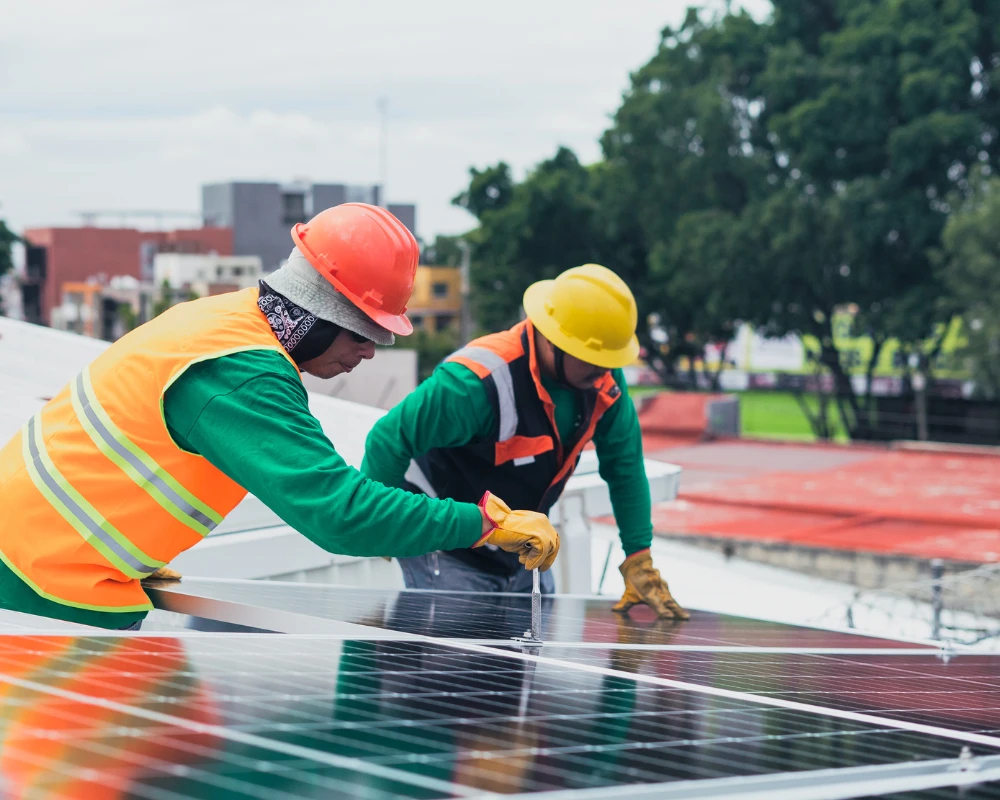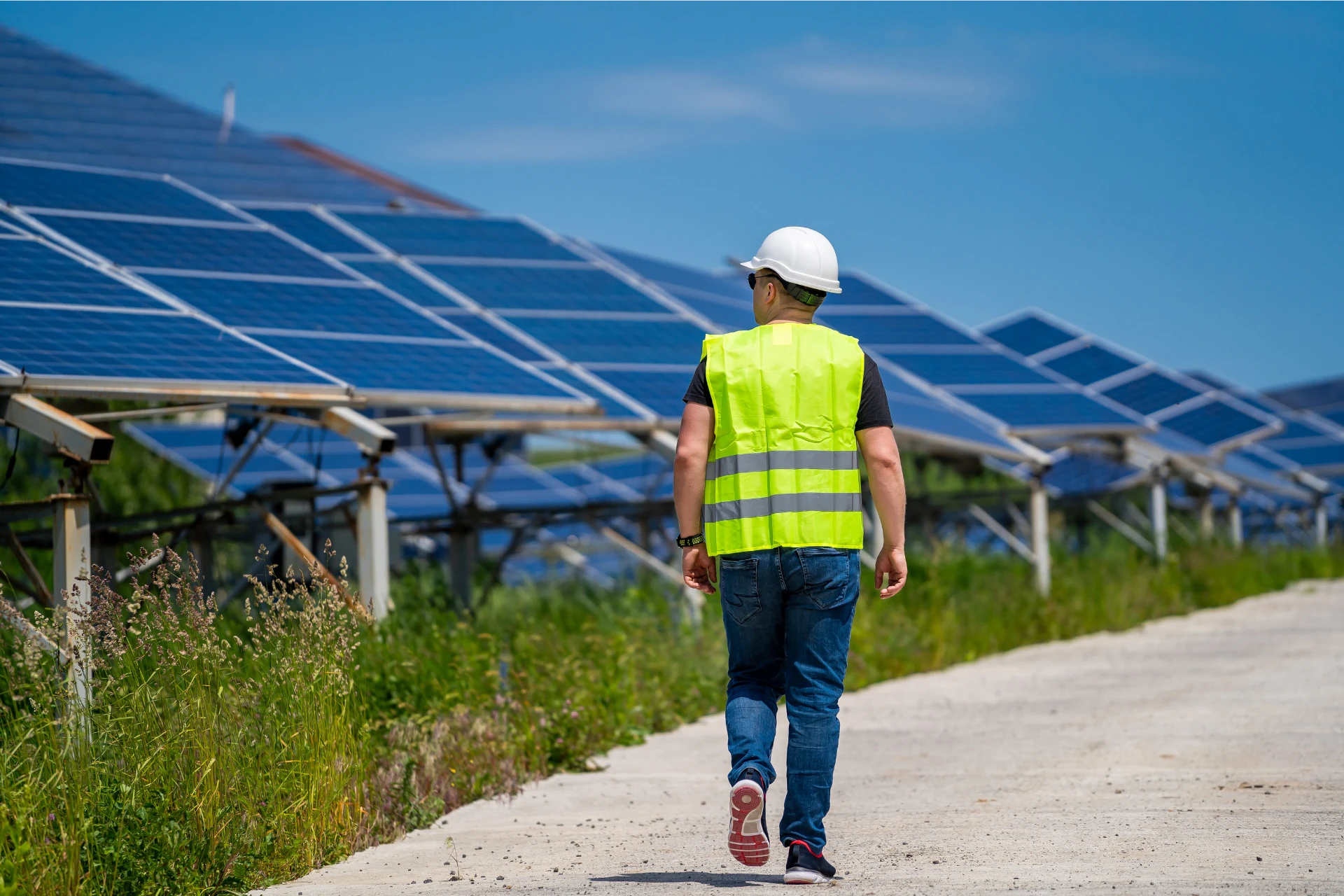Solar panels are an incredible technology that allows us to harness the sun’s energy and convert it into usable electricity. Understanding how they work can help demystify the process and showcase the benefits of this renewable energy source. At Aham Urja, we are dedicated to providing clear and comprehensive information about solar energy. Here’s a detailed look at how solar panels work:
1. The Basics of Solar Energy
Solar panels, also known as photovoltaic (PV) panels, capture sunlight and convert it into electricity. This process is based on the photovoltaic effect, discovered by physicist Alexandre-Edmond Becquerel in 1839, which allows certain materials to generate an electric current when exposed to sunlight.
2. Photovoltaic Cells
The core component of a solar panel is the photovoltaic cell. These cells are made from semiconductor materials, usually silicon, which have the ability to absorb sunlight and generate an electric current. Each solar panel contains many of these cells connected together.
3. The Conversion Process
Here’s a step-by-step breakdown of the conversion process:
Sunlight Absorption:
When sunlight hits the surface of a solar panel, the photovoltaic cells absorb the photons (light particles). This energy causes electrons in the semiconductor material to become excited and move.
Electric Field Creation:
Photovoltaic cells are designed with a positive and a negative layer to create an electric field. When the excited electrons are knocked loose from their atoms, this electric field pushes them in a specific direction, creating an electric current.
Generation of Direct Current (DC):
The movement of electrons through the semiconductor material generates a flow of electricity known as direct current (DC).
Conversion to Alternating Current (AC):
Most homes and businesses use alternating current (AC) electricity. Therefore, the DC electricity generated by the solar panels needs to be converted. This is done using an inverter, which transforms the DC electricity into AC electricity, making it suitable for use in household appliances and for feeding into the grid.

4. Grid Connection and Net Metering
Solar panel systems can be connected to the local power grid. This allows for a process called net metering, where excess electricity generated by the solar panels can be fed back into the grid. Homeowners receive credits for this excess electricity, which can offset the cost of power drawn from the grid when the panels aren’t producing enough electricity, such as at night or during cloudy days.
5. Efficiency and Performance
The efficiency of a solar panel refers to the amount of sunlight it can convert into usable electricity. Modern solar panels typically have an efficiency rate between 15% and 20%, with some high-end models reaching even higher efficiencies. Factors affecting efficiency include the type of photovoltaic cells used, the quality of the installation, and the angle and orientation of the panels.


